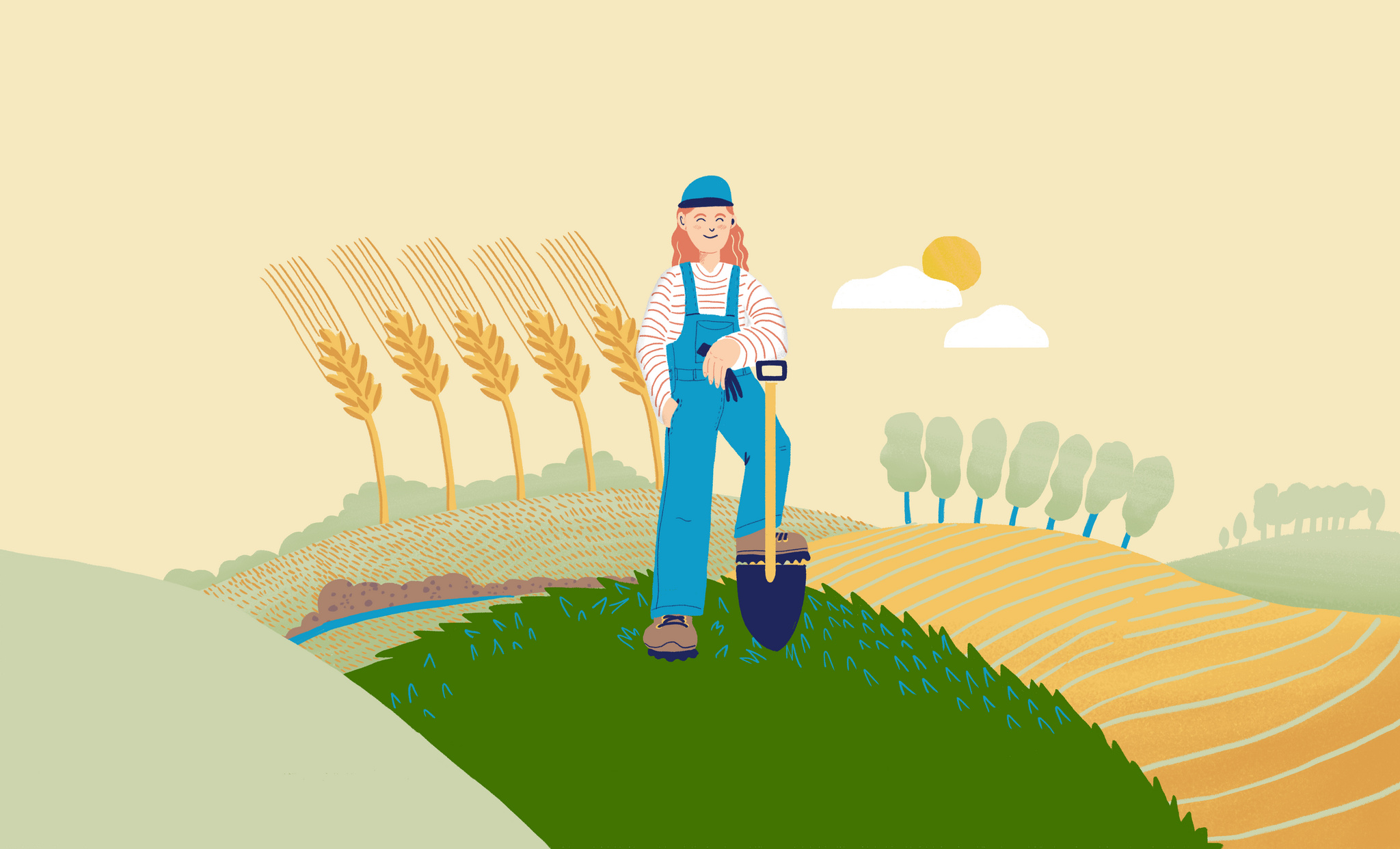You must log in or register to do the quizzes, complete the course and receive a certificate.
2. What is regenerative farming?
You already know why you should be interested in regenerative farming and the kinds of environmental perspectives it can promote. But how can we achieve tangible benefits? What do farmers need to do in order to change their arable land from a source of emissions into a carbon sink, and thereby also safeguard the future of food production?
In this part of the course, we will look at regenerative farming from the perspective of farmers and their fields. You will learn what regenerative farming is all about and the principles it entails. Finally, we will look at the action farmers can take to implement these principles. You will also find out who a field’s most important inhabitants are, why farmers count worms, and whether leaving fields bare in the autumn is a good idea or not.
If you work in the food system, it is a good idea to understand the principles and methods that promote regenerative food production. The topics in this module will be particularly useful if you work at a food company in product development, procurement or in collaboration with farmers and need information about concrete measures for implementing regenerative farming in fields. If your organisation is already making progress in this area, or is planning to do so, it will also be helpful to find out what regenerative farming is all about.
